Until recently, if you wanted to hang a heavier tool on a wall, the choice between using a screw-in hook vs a magnetic hook, was not a choice. The only solution to hang a heavier tool was to determine where you wanted to permanently locate the item you wanted to hang, find a stud somewhere around that location, drill a hole, and screw the hook into the stud. Why? Because magnetic hooks, even though they claim to hold heavier items, slide to the surface when heavier items are placed on them. This is because makers of magnetic products don’t measure their holding power based on shear force; they base it on pull force. So, a screw in hook was one of the only options for holding something with any serious weight to it.
But times have changed.
Historically, hanging heavy tools required drilling into walls for screw-in hooks, a permanent and inflexible solution. But thanks to Gator Magnetics' new technology, magnetic hooks now rival screw-in hooks in strength and can be moved or repositioned without leaving marks.
Don’t get us wrong at Gator Magnetics, if you are into screw-in hooks, and don’t worry about some of their limitations, that may be the way to go. However, if you have any questions or concerns about making a commitment to a screw-in hook and are open to the power and flexibility of magnetic storage then read on.
When choosing between magnetic hooks and screw-in hooks, it’s crucial to understand their main differences to make an informed decision. Whether you’re outfitting your kitchen, garage, or workshop, knowing the uses, installation processes, and weight capacities of magnetic hooks vs screw in hooks will help you pick the right type for your needs.
This article explores these aspects and more on magnetics, giving you a clear comparison to decide which hook type suits your situation best.
With a new, patented magnetic technology from Gator Magnetics, there’s now a magnetic hook strong enough to rival the screw-in. This breakthrough in magnetic strength has made organizing and hanging heavier tools easier, without the hassle of drills, damage, or permanence. Intrigued? Let’s dive in.
Key Takeaways
- Magnetic hooks offer easy installation on ferrous (steel or iron) surfaces without tools and can be repositioned without leaving marks, making them ideal for hanging items.
- While regular magnetic hooks are highly durable and versatile, and capable of supporting weight on steel surfaces, there are weight limitations for regular neodymium magnetic hooks.
- Magnetic hooks have a higher initial cost, but they provide long-term savings through reusability, whereas screw-in hooks may seem affordable but are not flexible, changeable, or moveable.
- Screw-in hooks provide strength and durability, suited for heavy items and various surfaces, but require tools for installation and leave permanent holes and marks upon removal.
- New, revolutionary magnetic technology has changed the way magnetic hooks work and now provide a tremendous shear weight holding capacity therefore making hanging heavier tools and items possible.
- When choosing between a screw-in hook and a magnetic hook, consider the revolutionary flexibility of the new magnetic technology from Gator Magnetics, which offers high weight capacity and easy repositioning without drilling, perfect for versatile and damage-free organization.
Magnetic Hooks Overview
Magnetic hooks are designed to attach securely to metal surfaces, primarily ferromagnetic materials such as steel or iron. These hooks are known for their high weight capacity claims, making them a choice for hanging heavier items. From a user experience perspective however, the traditional magnetic hook weight capacity claims compared to how the magnetic hook actually performs, is inconsistent. Most often, traditional magnetic hooks simply slide to the surface when placed on a vertical steel surface.
The New Solution: Gator Magnetics’ advanced hook technology measures shear force directly on thinner metals, holding up to 45 lbs. without sliding—offering the first viable magnetic alternative to screw-in hooks for heavier items.
Strong Magnetic Hooks: The Magnetic Industry's Little Secret
When it comes to strength, magnetic hooks are unparalleled. However, some strong magnetic hooks claim on their packaging that they can support up to 50 pounds on thick metal surfaces, making them suitable for heavy-duty applications. So, why is it that a magnetic hook that claims on its packaging that it supports 50 lbs. will slide down a vertical steel surface as it fails to hold the weights claimed?
Most people, when they read 'Holds 50 lbs.,’ assume the hook can easily hold 50 lbs in the way they'd naturally hang things—on a vertical surface. But the truth is, those weight claims refer to a very different measurement.
The answer can be found on the back of the packaging in small print: Holding strength is measured by pull strength on thick steel surfaces. When magnetic hook weight capacity claims are made for a regular neodymium magnetic hook, they are touting pull force weight, which means the amount of force it takes to pull the magnet directly off at least a ½” thick steel surface.
Thanks to the new revolutionary magnetic technology from this company: Gator Magnetics, their hooks provide a performance alternative to screw-in hooks by offering unmatched flexibility and a plug-and-play design that can be used anywhere there’s steel or iron, allowing for effortless installation without damaging walls, easy removability, and reusability—all while holding up to 45 lbs. of shear force for your heavy-duty needs.
Screw In Hooks Overview
Screw-in hooks are sturdy, made to secure heavier items permanently. Made from materials like steel or stainless steel, these hooks are built to handle both light and heavy items. The self-tapping design ensures a secure hold, making them suitable for various environments where a permanent and strong installation is required.
Typically installed in wood or drywall, screw-in hooks are excellent for holding tools and heavier objects in garages, workshops, or closets. For best performance, they require drilling into a wall stud and use of tools, leave permanent marks, and aren’t easily repositioned.
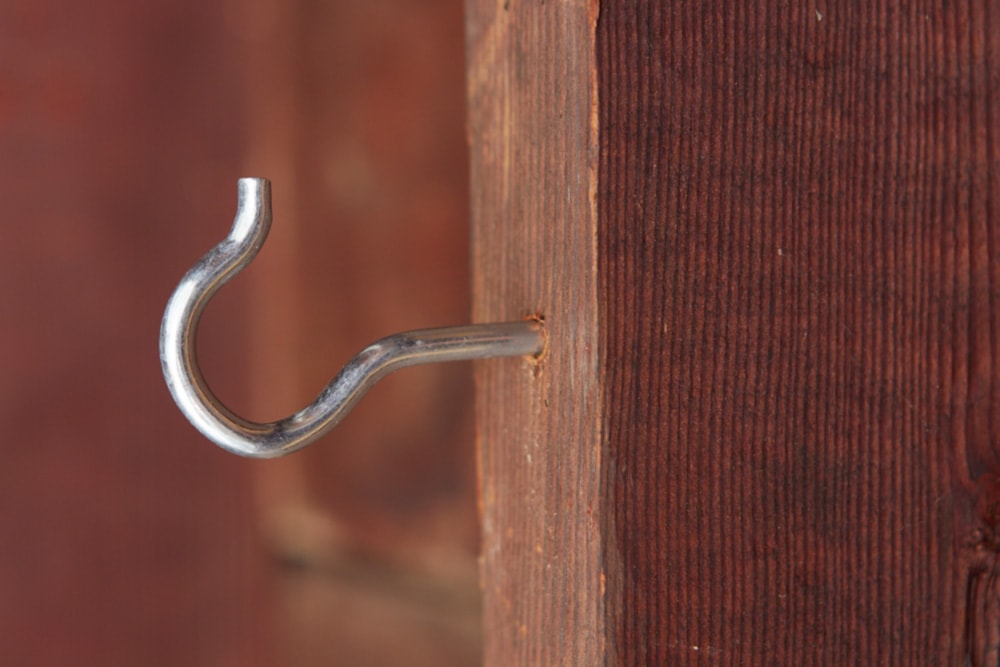
Comparing Installation: Magnetic Hooks vs. Screw-In Hooks
When it comes to installation, magnetic hooks and screw-in hooks couldn’t be more different. Magnetic hooks are incredibly easy to install, requiring no tools or drilling, and they leave no damage behind. Screw-in hooks require more effort, including tools and causing surface damage that once removed, needs to be fixed.
- Magnetic Hooks: Simply place on any ferrous surface, and they’re ready. Repositioning is effortless, and there’s no damage left behind—perfect for temporary or frequently changed setups.
- Screw-in Hooks: Installation involves tools (like a drill) and results in a more permanent placement. While this strength is great for heavy-duty uses, screw-in hooks require patching and repairing if removed.
Let’s explore these processes in more detail.
Magnetic Hooks Installation
Installing magnetic hooks is simple. They use a magnetic base to attach to ferrous surfaces without tools or fasteners. Simply place the hook on a metal surface, such as a toolbox, a steel door, a refrigerator door or a steel cabinet, and it’s ready to use. This ease of installation makes magnetic hooks ideal for temporary setups or frequent rearrangements.
A standout feature of magnetic hooks is their easy repositioning. Moving the hook leaves no marks or damage on the surface. This flexibility is especially useful in environments where you might need to change the setup frequently, such as in a garage or workshop.
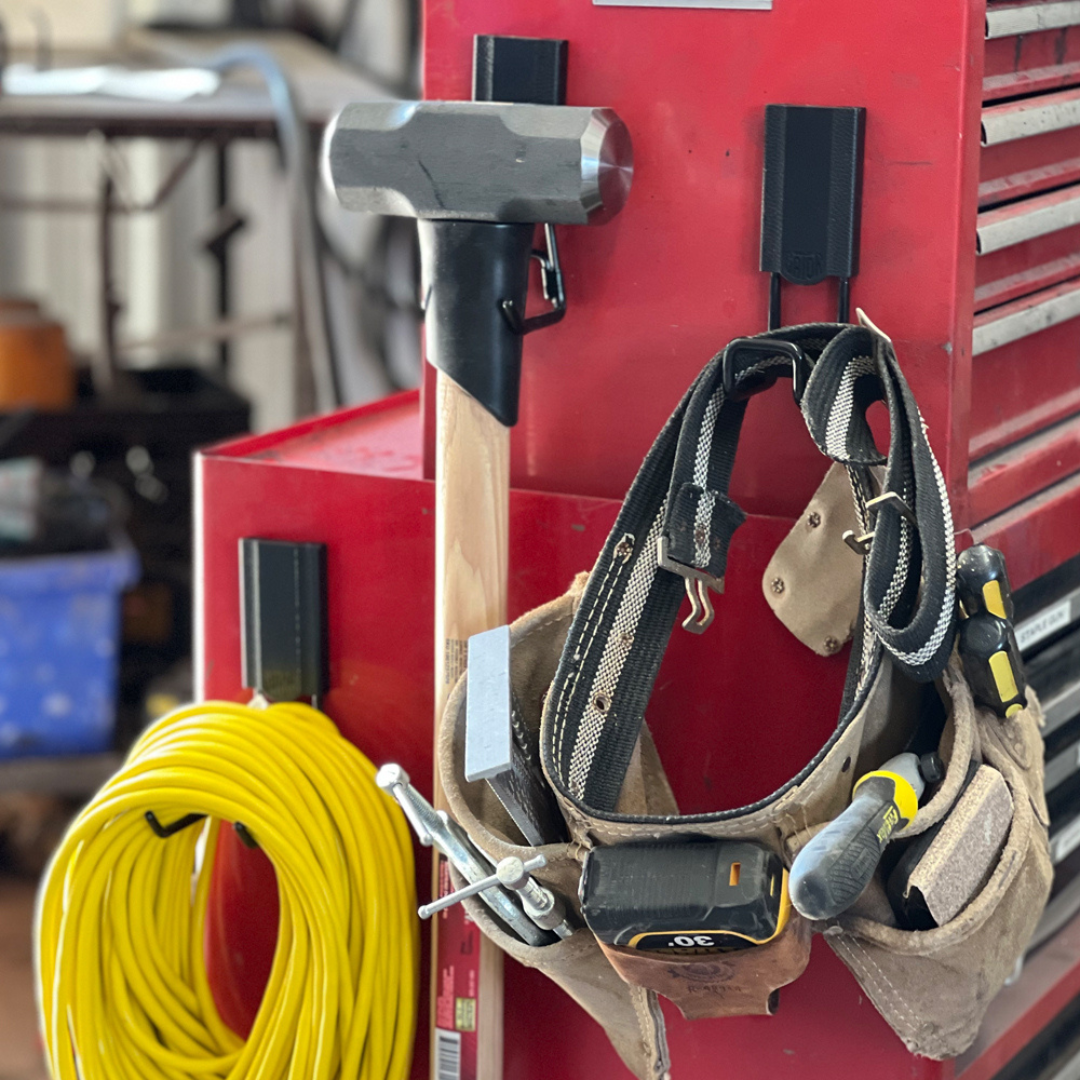
The magnetic hooks from Gator Magnetics offer a patented “easy-release” lever system, that makes the removal and repositioning of their incredibly strong hooks simple.
Screw in Hook Installation
Conversely, installing screw-in hooks requires more effort. You’ll need tools like a drill and potentially a screwdriver to create a pilot hole and secure the hook. The process is straightforward but needs careful attention to avoid surface damage. Drilling into drywall or wood is common, but using screw-in hooks on materials like concrete or brick might require additional anchors.
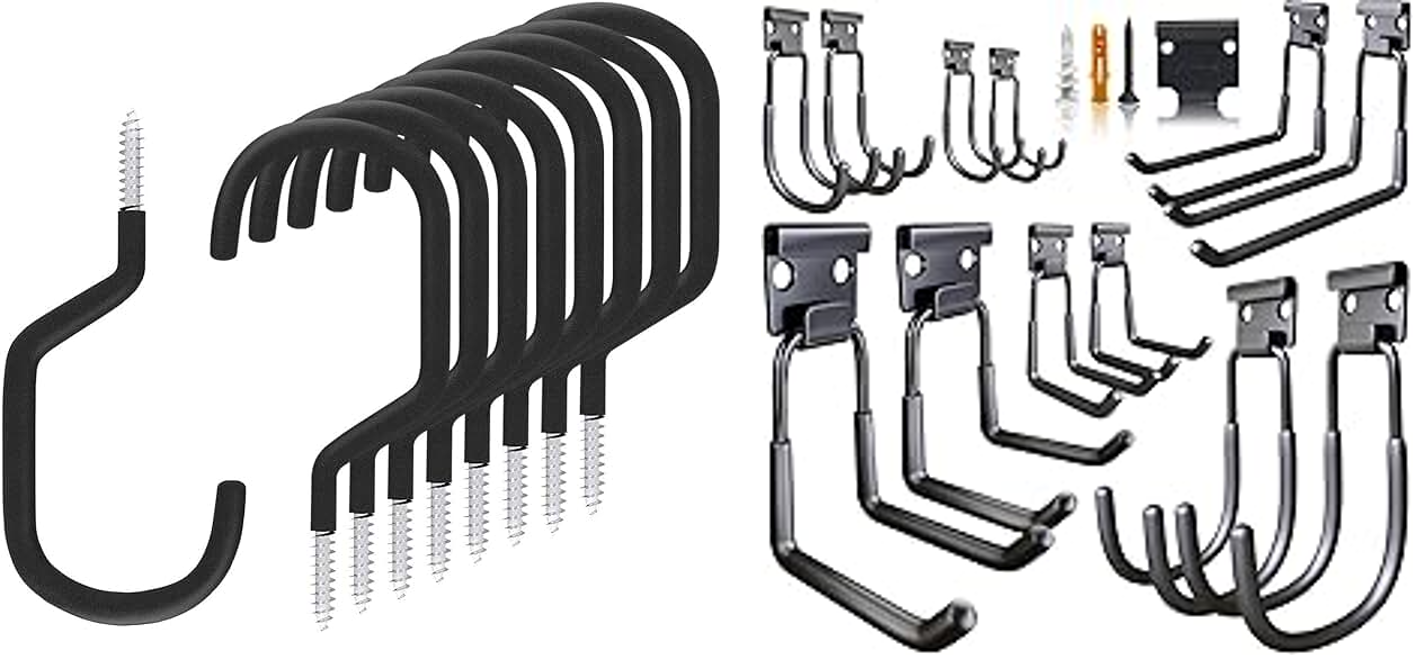
Once installed, screw-in hooks provide a permanent solution. However, relocating them leaves marks or holes. This permanent installation can be a downside if you anticipate needing to change the setup frequently, but it also means that once installed, these hooks can support substantial loads reliably.
Strength and Weight Capacity
Traditional magnetic hooks vary in strength, typically claiming to hold up to 50 lbs. of "pull force" on thick metal. In practice, however, they struggle on vertical wall surfaces due to a lack of shear force strength. A new revolutionary technology from Gator Magnetics has changed all that. Gator Magnetics solves this with a magnetic hook designed to perform on walls, supporting up to 45 lbs. in shear force on thinner metal surfaces, rivaling the weight capacity of many screw-in hooks, yet are flexible and moveable.
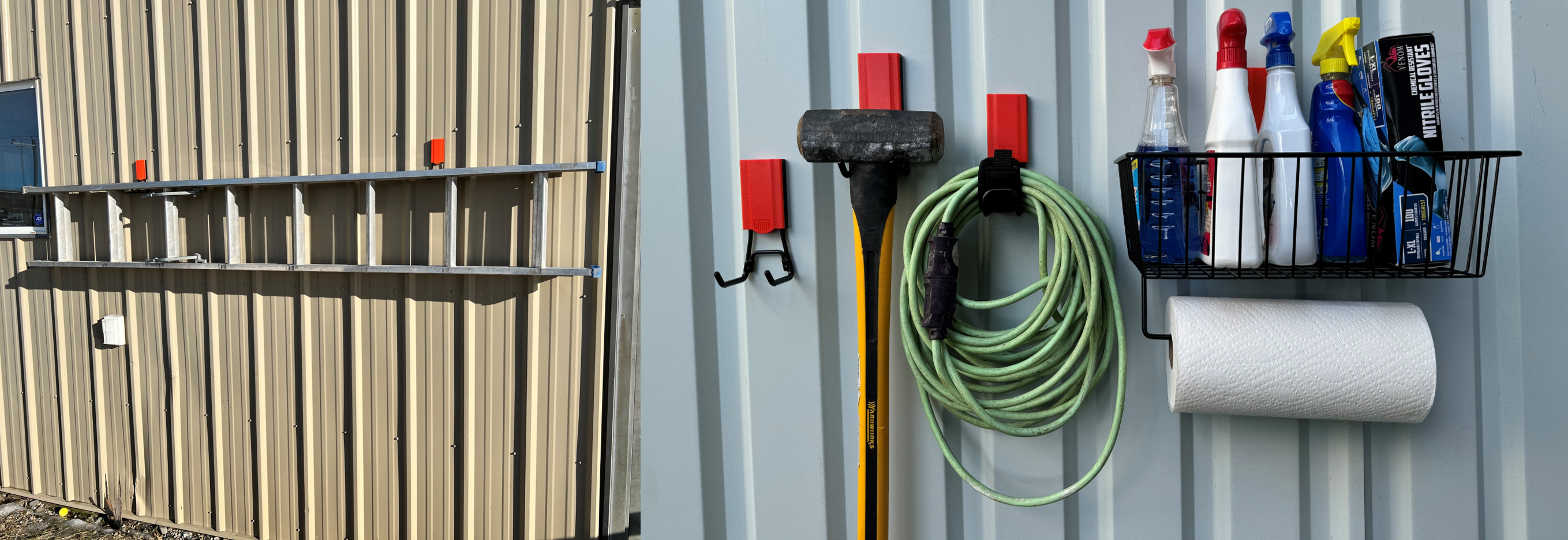
Screw-in hooks, on the other hand, remain a choice for loads on various surfaces, especially for permanent installations in wall studs, wood, or drywall.
Let's Dive into the Specifics
Magnetic Hooks Strength
Regular magnetic hooks vary in strength, typically ranging from 22 lbs. to 55 lbs. of pull force, depending on their design. Some models even incorporate multiple magnets to increase load-bearing capacity. However, the strength of these hooks can vary significantly as their weight capacity claims are based on adhesion to thick steel using pull force. For instance, a hook rated for 22 lbs on a ceiling may only hold about 5 lbs on a wall due to reduced friction. All magnetic hooks perform best on ferrous metals like steel and iron. On a wall, a traditional magnetic hook rated for 50-55 lbs can support about 4-10 lbs or less on thin steel, before slipping. This is a problem as not many shops, garages or homes have thick steel ceilings.
Gator Magnetics technology does not measure pull force on thick steel for their weight claims. They measure shear force hanging power on a thin steel surface. So, their hooks work on walls as a hook should to hang properly on a wall.
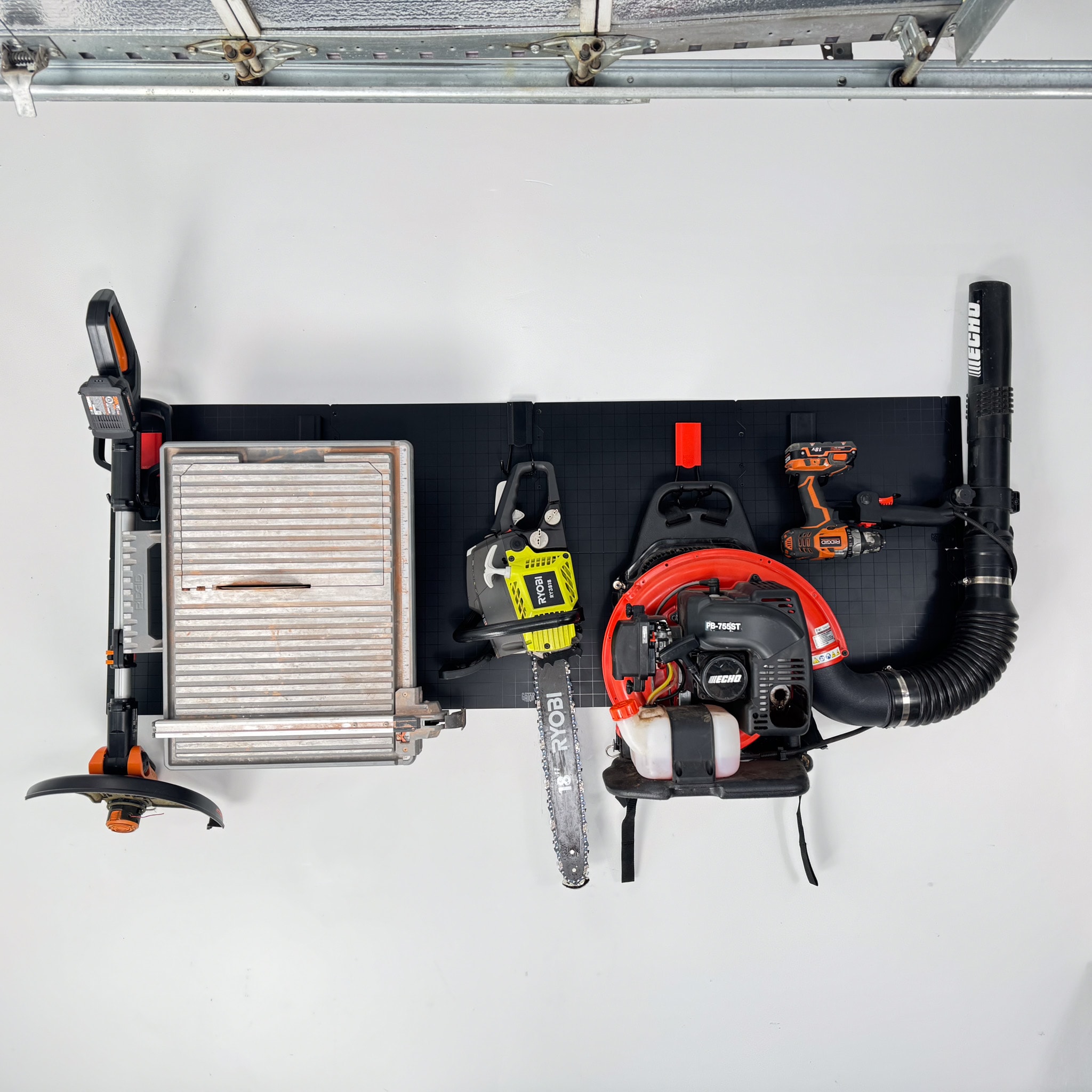
Screw in Hook Strength
Screw-in hooks generally offer a high weight capacity due to their robust construction. Ideal surfaces for these hooks include wood and drywall, where they can securely hold substantial loads. In workshops, screw-in hooks are particularly useful for hanging heavy items like power tools, providing strong support and organization.
However, using screw-in hooks on harder materials like concrete or brick can pose challenges without appropriate anchors. Regular inspections for stability and signs of wear can ensure these hooks maintain their strength and longevity.
Versatility and Applications
The versatility of both magnetic and screw-in hooks allows their use in various settings. Known for their convenience and flexibility, magnetic hooks are useful in places like garages, pole barns, workshops and kitchens, and even cruise ship cabins.
Screw-in hooks are suitable for more permanent applications where flexibility is not a necessity.
Magnetic Hooks Uses
Traditional magnetic hooks can handle a range of pull force weight capacities on thick steel surfaces, from 22 lbs to 65 lbs, depending on the model. This means these hooks may hold only 4-10 lbs of shear force weight on thinner steel surfaces. Swivel magnetic hooks, while less sturdy, are less obtrusive and perfect for tight spaces like cruise cabins. Testing magnetic hooks on various surfaces in a cruise cabin helps find the best spots, as textured walls often offer better support than smooth ones.
In kitchens, magnetic hooks are valuable for hanging pots, pans, and utensils, providing easy access and organization. They also help tidy up cords and wires, reducing clutter and enhancing safety. The key is to place them thoughtfully to avoid obstructing movement or interfering with safety devices.
When it comes to hanging your heavier items, Gator Magnetics revolutionary magnetic hooks take hanging things to a new level. They measure shear force, which is the way a hook needs to perform when hung on a wall surface. They can hold weed whips, tile saws, backpack blowers, multiple shovels, sledgehammers, vacuum cleaners, shop brooms, and so much more.
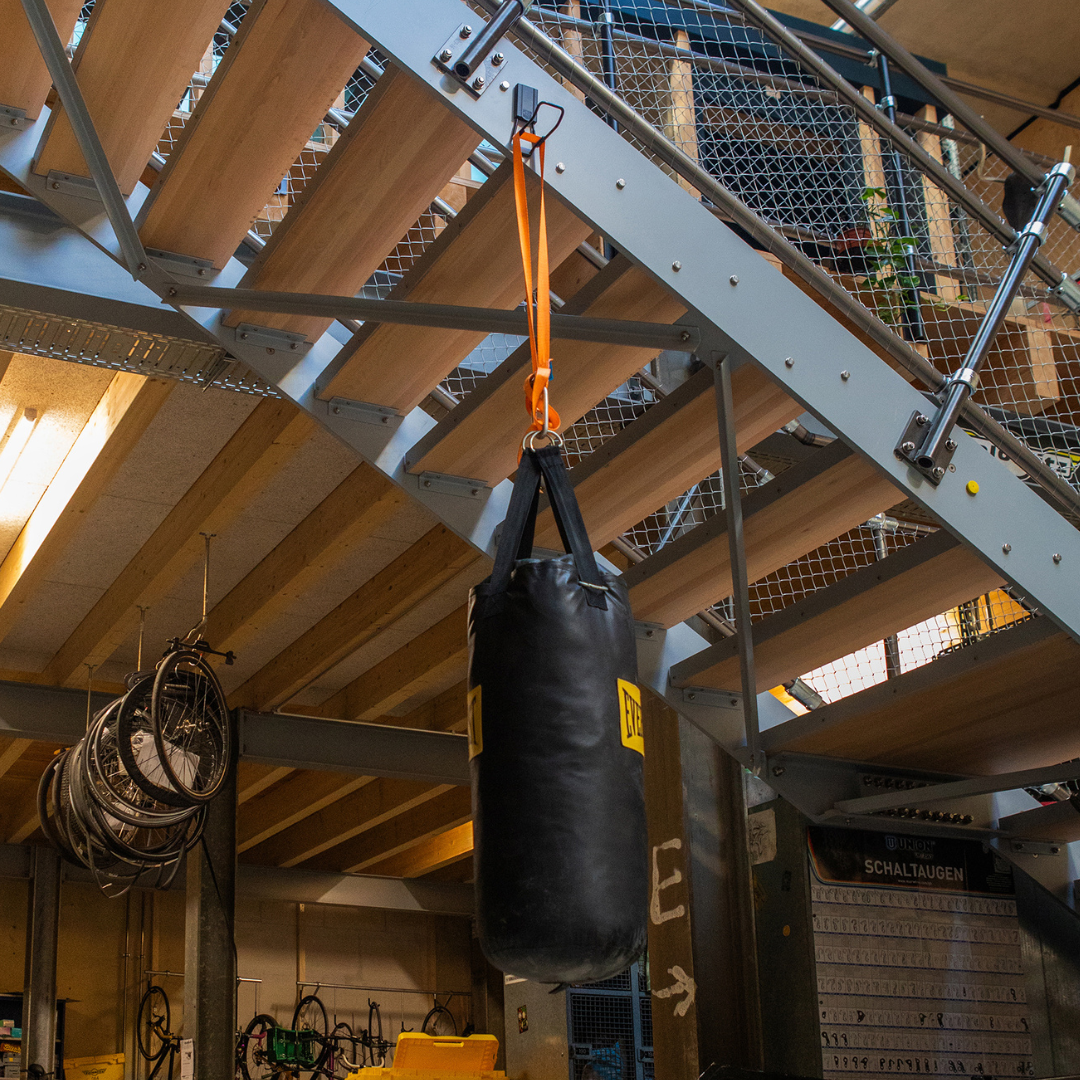
Screw In Hooks Uses
Self-tapping screw hooks are suitable for organizing closets, bathrooms, and even outdoor projects. Their ability to hold heavier items makes them excellent for maximizing space and functionality in various environments. In workshops, screw-in hooks can securely hang tools, making them easily accessible and well-organized.
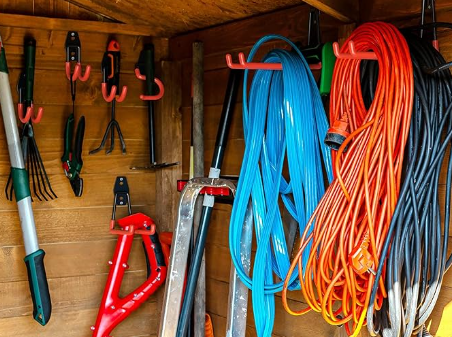
For outdoor projects, these hooks provide strong support and durability, standing up to the elements when properly installed. In a garage, closet, or garden, screw-in hooks reliably keep spaces tidy and items within reach.
Surface Compatibility
Surface compatibility is crucial when choosing between magnetic and screw-in hooks. Magnetic hooks are best for ferrous surfaces like metal toolboxes, steel racks, walls, doors, and ceilings.
Screw-in hooks can be installed on various surfaces, including wood, drywall (using anchors), and plaster, but care is needed to avoid compromising the structural integrity of softer materials.
Magnetic Hooks Surfaces
Magnetic hooks are most effective on surfaces like metal walls and doors. Their reliance on ferrous surfaces can restrict placement options, as non-ferrous materials like aluminum or plastic don’t provide sufficient magnetic attraction. This limitation means that while magnetic hooks are versatile, their usage is confined to specific types of surfaces.
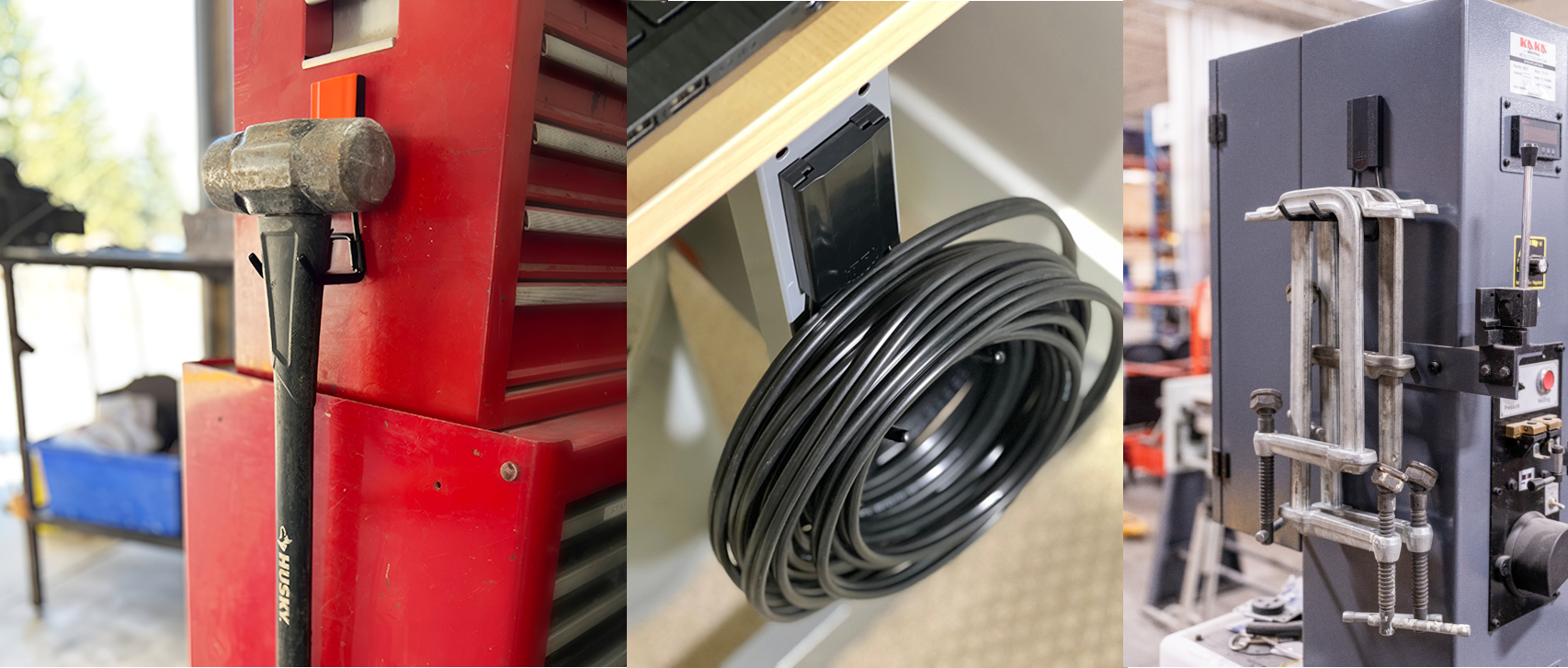
If you are looking for more steel surface area to use magnetic hooks on. Gator Magnetics offers an ingenious Steel Wall Panel System that is super easy to install. This 16-gauge steel wall panel is designed to connect edge to edge on a 16 on-center wood stud wall. Giving you a ton of space to organize and hang your tools and items.
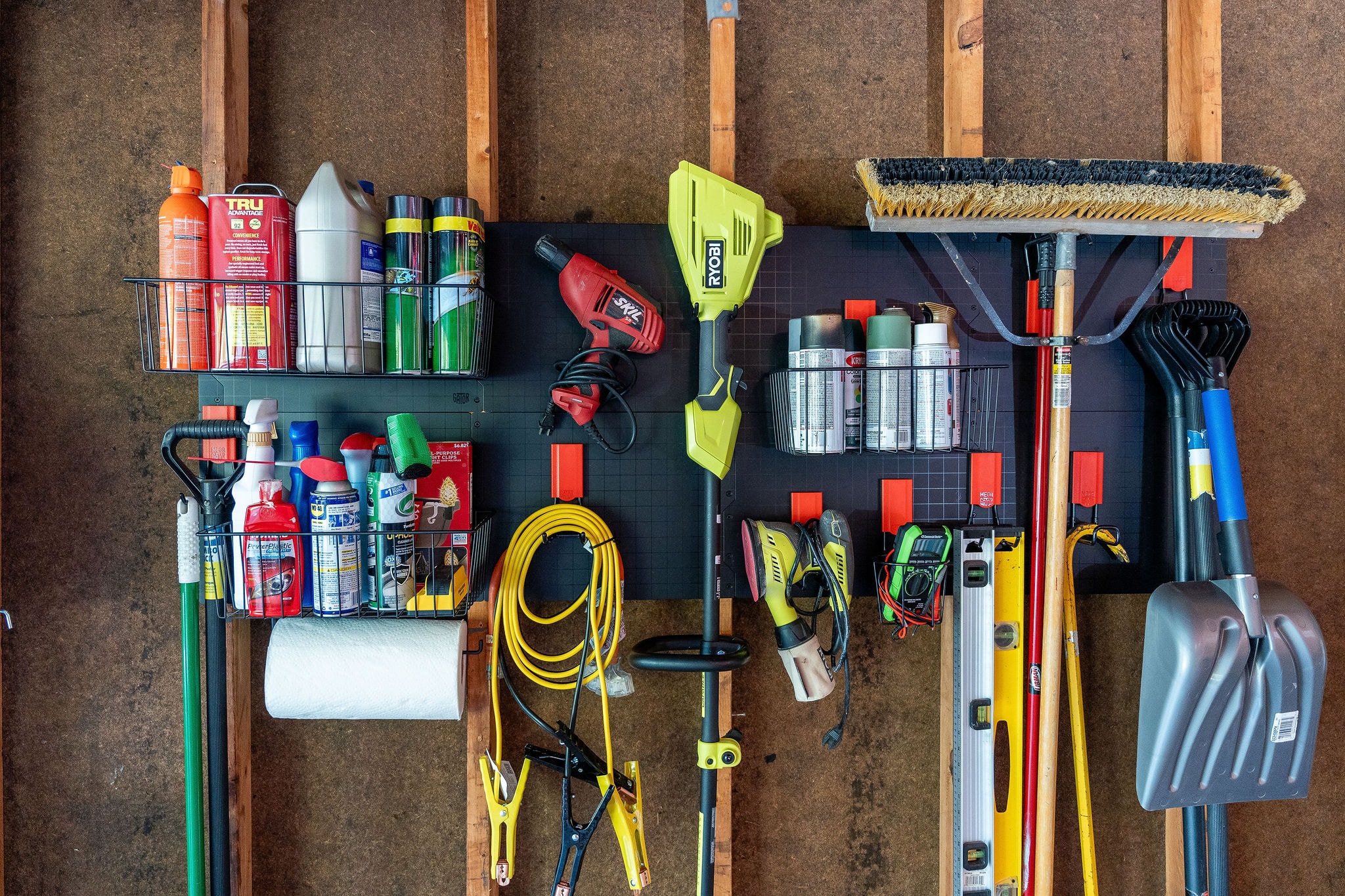
Screw In Hooks Surfaces
Screw-in hooks can be securely fastened into a wide range of surfaces, including wood, drywall, and plaster. Their ability to support weight makes them ideal for hanging heavier items. However, installing these hooks on harder materials like concrete or brick can be challenging without appropriate anchors.
The installation surface significantly impacts the holding strength of screw-in hooks. Although flexible in installation locations, improper removal can damage surfaces, especially if the hooks have been in place for a long time.
Pros and Cons Comparison Screw-in Hooks/Gator Magnetics Hooks
|
Feature |
Screw-in Hook |
Gator Magnetics Hook |
|---|---|---|
|
Installation |
Requires tools and drilling into the wall or surface. Once installed, it is permanent. |
Tool-free installation. Attaches magnetically to steel surfaces instantly. Fully removable and repositionable. |
|
Versatility |
Limited to the spot where it is screwed in. Reconfiguration requires removing and patching the wall. |
Highly versatile. Easily reconfigurable to fit changing storage needs. |
|
Surface Compatibility |
Requires wood or drywall for secure anchoring. Cannot be used on metal or non-solid surfaces. |
Works on any steel surface, such as lockers, toolboxes, or Gator-branded wall panels. |
|
Weight Capacity |
Can hold heavy items (varies by hook design and surface strength). |
Supports up to 45 lbs on thin steel surfaces using patented Maxel technology. |
|
Ease of Use |
Fixed in place; no adjustment possible without uninstalling. |
Simple to adjust or relocate with one hand. Designed for maximum convenience. |
|
Damage to Surface |
Leaves holes in walls or surfaces; may require patching or repainting. |
No damage to surfaces. Mounts without altering or marking the wall. |
|
Aesthetic |
Functional but may look bulky and industrial. Requires careful alignment for neat appearance. |
Sleek, modern design. Adds an organized, professional look to storage areas. |
|
Durability |
Durable if installed correctly but prone to rust or loosening over time. |
Built with high-quality materials for long-lasting performance. Resistant to rust and wear. |
|
Best Use Cases |
Ideal for permanent installations where adjustments aren’t needed. |
Perfect for dynamic storage needs, garages, workshops, or spaces requiring frequent reorganization. |
|
Cost Efficiency |
Lower upfront cost but may require additional materials (anchors, screws). |
Higher upfront cost but offers superior functionality, flexibility, and no repair costs. |
Practical Tips for Choosing Between Magnetic and Screw-In Hooks
When choosing between magnetic and screw-in hooks, ask yourself these questions:
- What type of item do I want to hang or organize?
- How much does this item weigh? 25-45 lbs?
- Do I need the option to move or reposition the item I want to hang in the future, or is this a permanent placement?
- Do I have all the tools and skills needed to install a screw-in hook, or would I prefer a simple, tool-free solution?
- Am I looking for a reusable solution that provides flexibility on any steel surface?
- Will I need to hang the item in multiple locations over time, like on different walls or surfaces?
- Is preserving my wall or surface condition important to me, with no drilling or patching required?
- Do I want a quick, plug-and-play setup that works without hassle?
- Am I interested in a hook with innovative magnetics technology that holds firmly, yet can be removed and reused effortlessly?
For screw-in hooks, ensure you have the right tools and consider the surface. Using appropriate anchors can help secure the hooks on harder materials like concrete or brick.
Summary
In conclusion, both magnetic and screw-in hooks, have their unique advantages and limitations. Traditionally, screw-in hooks were the only reliable choice for hanging heavy items due to their strong, stable hold in wood or drywall. Magnetic hooks, though convenient, often fell short on weight support, especially when installed on thin metal surfaces, as they primarily measured pull force rather than shear force.
However, with Gator Magnetics' new technology, magnetic hooks now rival screw-in hooks for holding capacity, supporting up to 45 lbs on steel surfaces. Magnetic hooks offer easy, tool-free installation and reusability, making them ideal for garages, kitchens, and workshops. Screw-in hooks remain best for permanent setups, with robust durability but lack flexibility, leaving visible holes when removed.
more permanent and heavy-duty applications. By understanding your specific needs and the surfaces you’ll be working with, you can make an informed decision that will keep your spaces organized and clutter-free.
Frequently Asked Questions
Can magnetic hooks be used on any surface?
Magnetic hooks are not universally applicable; they work best on ferrous surfaces like metal, while non-ferrous materials such as wood and plastic will not hold them effectively.
What tools are needed to install screw-in hooks?
To install screw-in hooks, you'll need a drill and a screwdriver, and for harder materials, consider using suitable anchors. This ensures a secure fit for your hooks.
How much weight can magnetic hooks hold?
Strong magnetic hooks can support pull force weights of up to 50 pounds on thick metal surfaces.
Gator Magnetics Hooks can hold up to 45 lbs. of shear force on thin steel surfaces, making them highly effective for various hanging needs.
Are screw-in hooks suitable for outdoor use?
Yes, screw-in hooks can be suitable for outdoor use if installed properly and regularly inspected for wear and rust. Ensuring their durability will help maintain their functionality in outdoor settings.
How can I maintain the effectiveness of my magnetic hooks?
To maintain the effectiveness of your magnetic hooks, regularly clean them with a damp cloth or isopropyl alcohol to prevent dust or grease buildup.
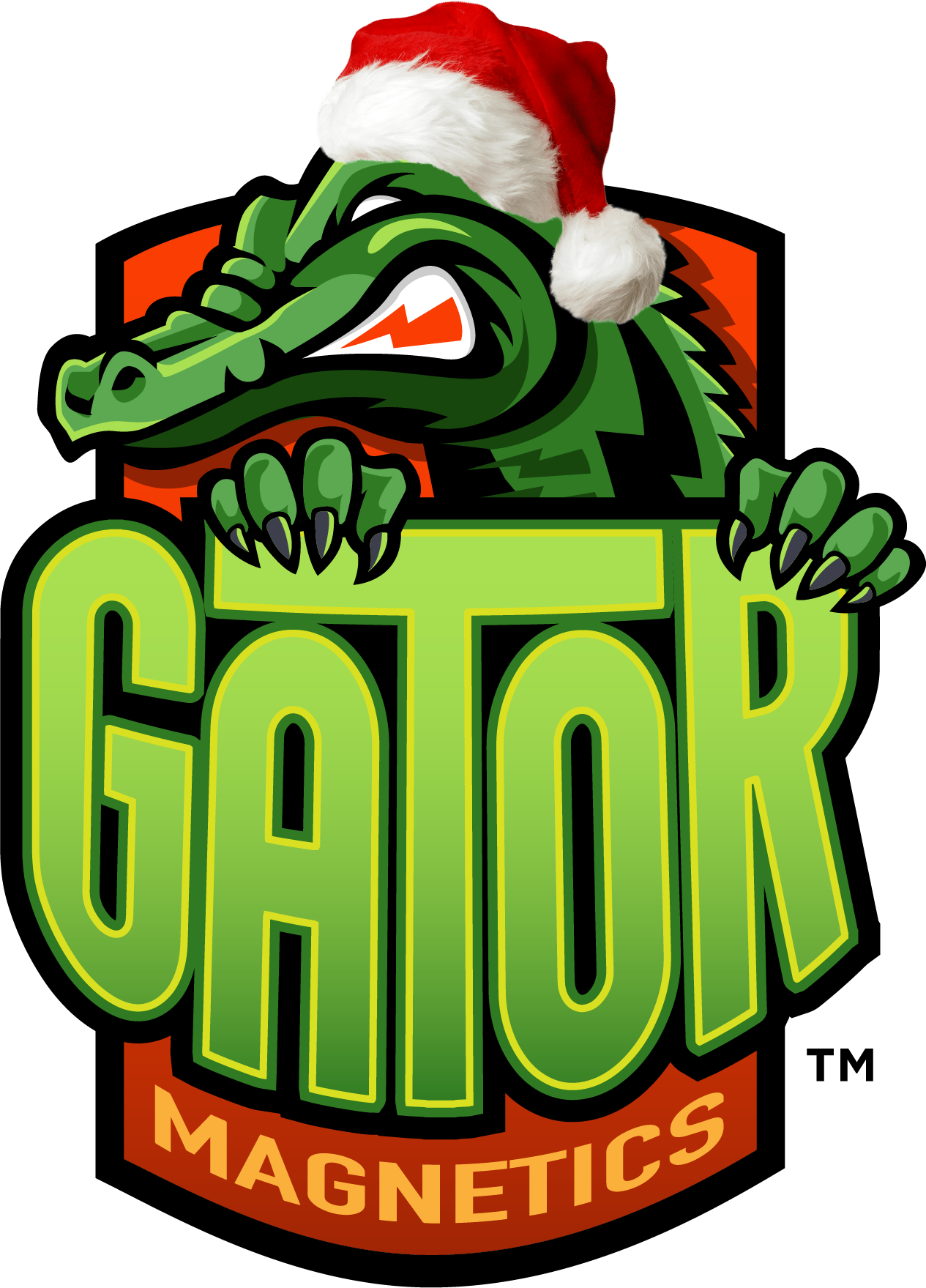
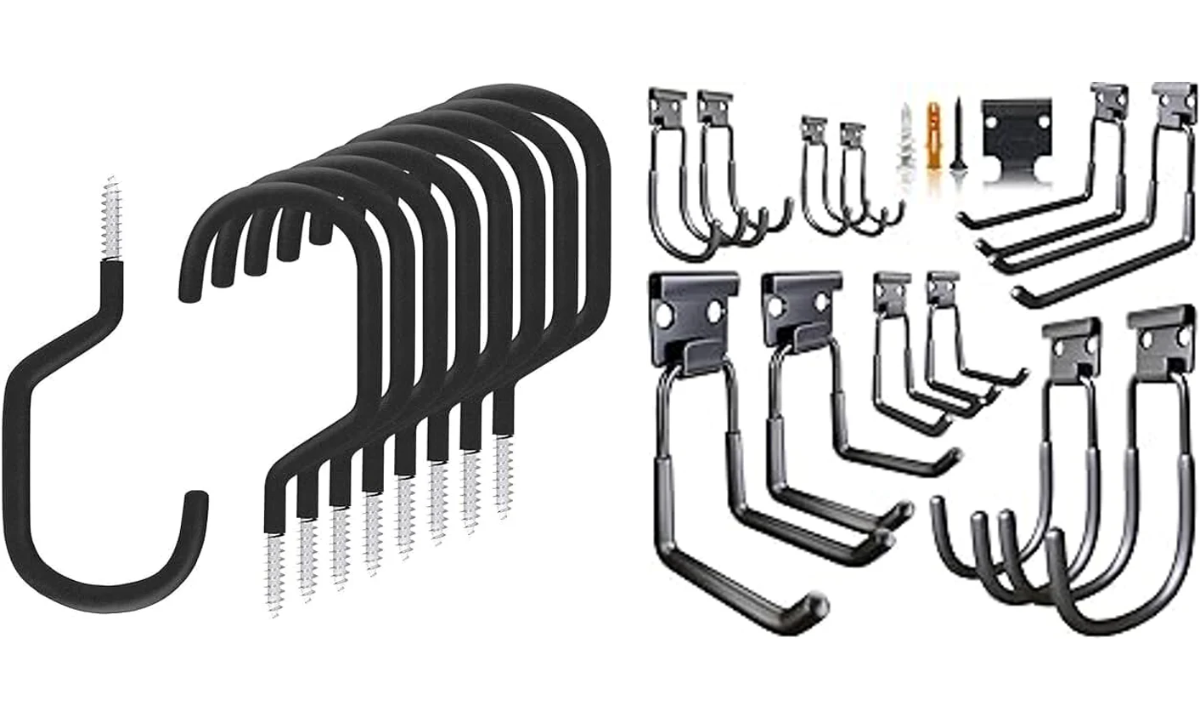

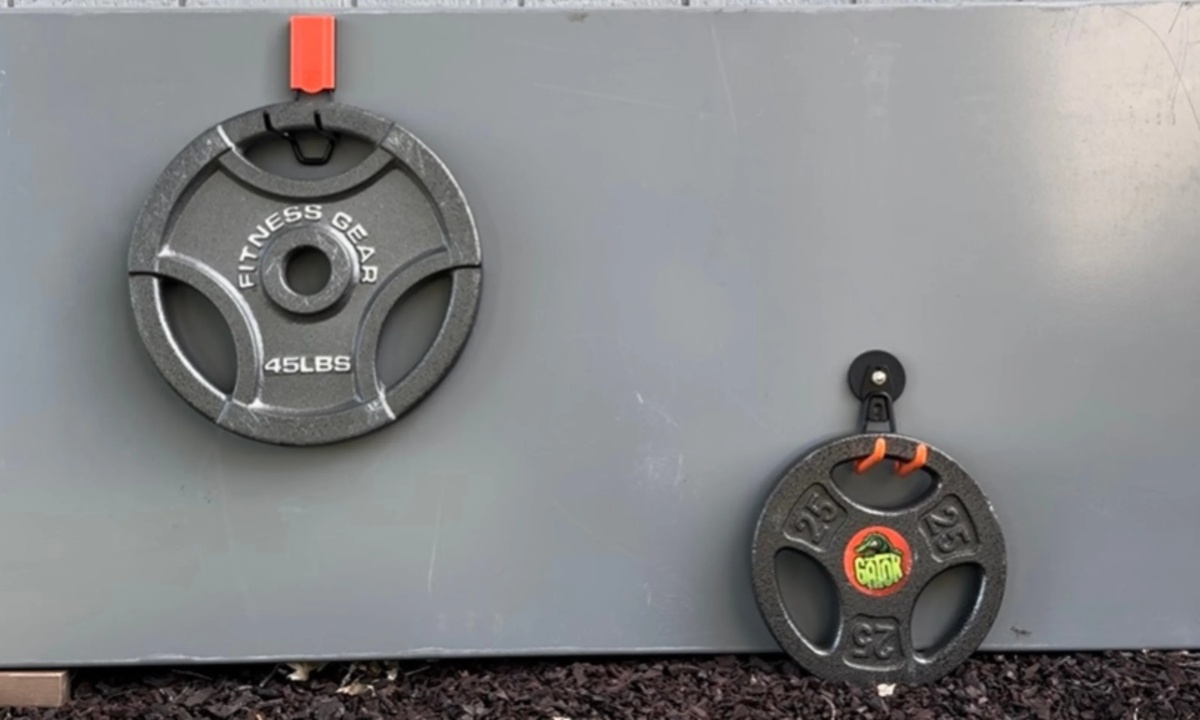


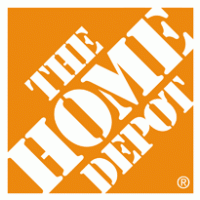



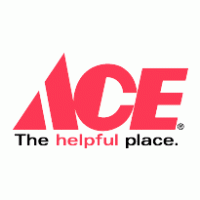
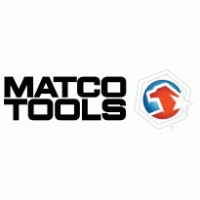
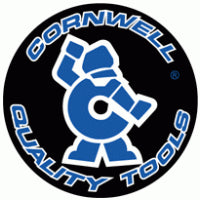

Leave a comment
This site is protected by hCaptcha and the hCaptcha Privacy Policy and Terms of Service apply.